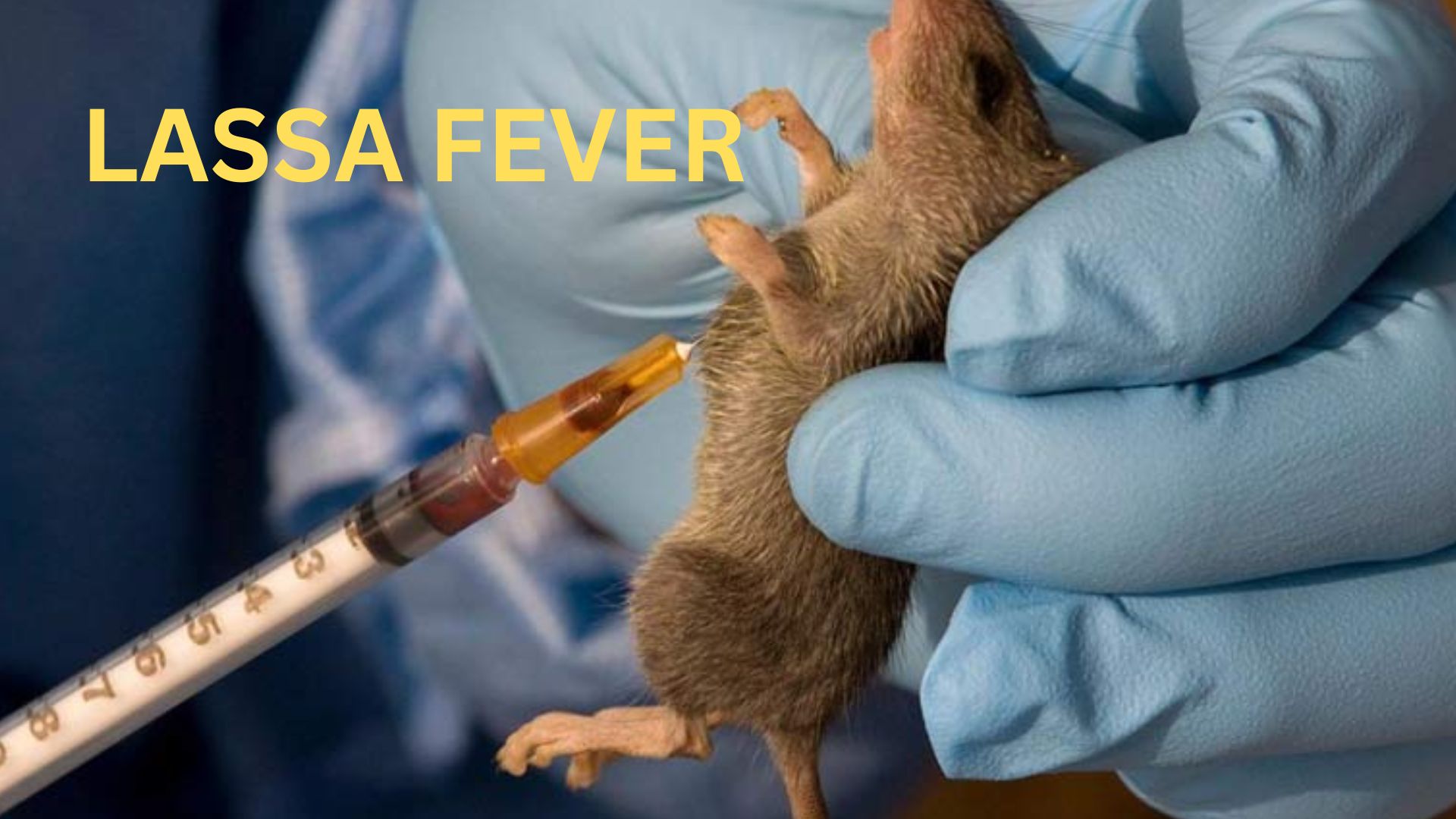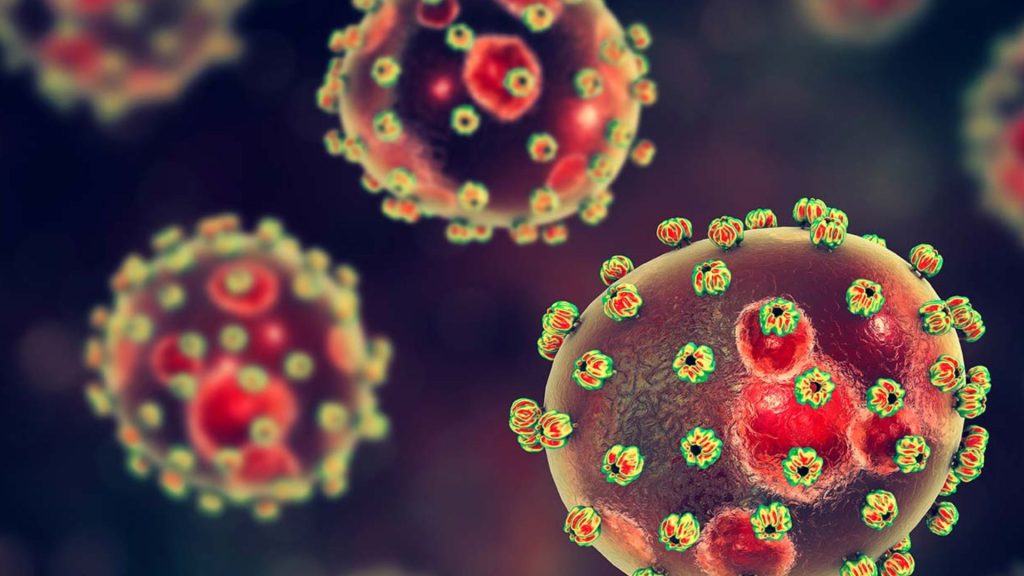
Lassa Fever: Causes, Symptoms, Prevention, and Treatment
Table of Contents
Lassa fever is an acute viral hemorrhagic illness caused by the Lassa virus, a member of the Arenaviridae family. It is a significant public health concern in West Africa, where it is endemic and responsible for thousands of infections annually.
This article provides a comprehensive overview of Lassa fever, including its causes, symptoms, prevention strategies, and treatment options.
Causes of Lassa Fever
The Lassa Virus
Lassa fever is caused by the Lassa virus, which is a single-stranded RNA virus. The virus was first discovered in 1969 in the town of Lassa in Nigeria, after which it is named. It primarily affects humans and rodents, with the multimammate rat (Mastomys natalensis) being the primary reservoir.
Transmission
1. Rodent-to-Human Transmission: The primary mode of transmission is through direct or indirect contact with the urine, feces, saliva, or blood of infected multimammate rats. These rodents are common in West Africa and often enter homes in search of food.
2. Human-to-Human Transmission: Lassa fever can spread from person to person through direct contact with the blood, tissue, secretions, or excretions of an infected individual. This is particularly common in healthcare settings where appropriate infection control measures are not in place.
3. Aerosol Transmission: Although less common, inhalation of tiny particles contaminated with rodent excreta can also lead to infection.
Symptoms of Lassa Fever
The incubation period for Lassa fever ranges from 6 to 21 days. The disease can present with a wide spectrum of symptoms, from mild to severe, and is often difficult to diagnose early due to its nonspecific initial presentation.
Early Symptoms
- Fever: One of the first signs of Lassa fever is a persistent fever, often accompanied by chills.
- General Malaise: Patients may feel generally unwell, with fatigue, weakness, and body aches.
- Sore Throat: A severe sore throat, sometimes with white patches, is a common early symptom.
- Headache: Persistent and often severe headaches can occur.
- Chest and Muscle Pain: Pain in the chest and muscles is frequently reported.
- Nausea and Vomiting: Gastrointestinal symptoms such as nausea and vomiting are common.
Advanced Symptoms
As the disease progresses, more severe symptoms may develop, including:
- Hemorrhagic Manifestations: In some cases, patients may experience bleeding from the gums, nose, eyes, or other parts of the body.
- Respiratory Distress: Difficulty breathing and coughing can occur.
- Facial Swelling: Swelling of the face, particularly around the eyes, may be seen.
- Fluid in the Lungs (Pleural Effusion): Fluid accumulation in the chest cavity can cause difficulty breathing.
- Abdominal Pain: Severe pain in the abdomen may occur, sometimes with accompanying diarrhea.
- Severe Neurological Symptoms: In advanced cases, patients may experience seizures, disorientation, and coma.
Fatality Rate and Complications
Lassa fever has a case fatality rate of about 1% overall, but it can be much higher (up to 15-20%) among hospitalized patients with severe disease. Complications can include multi-organ failure, shock, and severe bleeding. Pregnant women are particularly at risk, and the disease can result in spontaneous abortion in up to 95% of cases.

Diagnosis of Lassa Fever
Clinical Diagnosis
In endemic areas, clinical diagnosis is often based on the presentation of symptoms, particularly during an outbreak. However, due to the nonspecific nature of early symptoms, clinical diagnosis can be challenging.
Laboratory Diagnosis
ELISA (Enzyme-Linked Immunosorbent Assay): This test can detect Lassa virus antigens and antibodies (IgM and IgG) in blood samples.
Reverse Transcriptase-Polymerase Chain Reaction (RT-PCR): RT-PCR is a sensitive method for detecting Lassa virus RNA in blood or tissue samples.
Virus Isolation: Culturing the virus from patient samples is possible but requires high-containment laboratory facilities.
Prevention of Lassa Fever
Preventing Lassa fever involves reducing rodent populations, minimizing contact with rodents, and implementing effective infection control practices.
Rodent Control
1. Environmental Hygiene: Keeping homes and surroundings clean and free of food scraps can help deter rodents.
2. Rodent Proofing: Sealing holes and gaps in homes can prevent rodents from entering.
3. Safe Food Storage: Storing food in rodent-proof containers and disposing of garbage properly can reduce the risk of contamination.
Personal Hygiene
1. Handwashing: Regular handwashing with soap and water is crucial, especially after handling potential sources of contamination.
2. Safe Food Preparation: Cooking food thoroughly and avoiding consumption of potentially contaminated food can prevent infection.
Healthcare Setting Precautions
1. Infection Control Measures: Healthcare workers should follow strict infection control protocols, including the use of personal protective equipment (PPE) such as gloves, gowns, masks, and goggles.
2. Isolation of Infected Patients: Patients with suspected or confirmed Lassa fever should be isolated to prevent the spread of the virus.
3. Safe Disposal of Medical Waste: Proper disposal of needles, syringes, and other medical waste is essential to prevent secondary transmission.
Community Awareness and Education
Educating communities about the risks of Lassa fever and the importance of rodent control, personal hygiene, and seeking medical care early can help reduce the incidence of the disease.
Treatment of Lassa Fever
Early diagnosis and treatment significantly improve the chances of survival for patients with Lassa fever. Treatment options focus on supportive care and antiviral therapy.
Antiviral Therapy
Ribavirin: This antiviral drug has been shown to be effective in treating Lassa fever, particularly when administered early in the course of the disease. It can reduce the severity of symptoms and the risk of death. Ribavirin is usually given intravenously for severe cases and orally for less severe cases.
Supportive Care
1. Hydration and Electrolyte Management: Maintaining fluid and electrolyte balance is crucial, especially for patients with severe vomiting and diarrhea. Intravenous fluids may be necessary.
2. Oxygen Therapy: For patients with respiratory distress, supplemental oxygen may be required.
3. Blood Transfusions: In cases of severe bleeding, blood transfusions may be necessary.
4. Pain and Fever Management: Medications to reduce pain and fever can provide symptomatic relief.
Monitoring and Management of Complications
Patients with severe Lassa fever require close monitoring for complications such as multi-organ failure, shock, and neurological symptoms. Intensive care may be necessary for critically ill patients.
Research and Development
Ongoing research is focused on developing more effective treatments and vaccines for Lassa fever. Investigational therapies and vaccines are being studied in clinical trials, with the aim of improving patient outcomes and preventing future outbreaks.
Vaccine Development
Several vaccine candidates are in various stages of development, including:
DNA Vaccines: These vaccines use genetic material from the Lassa virus to stimulate an immune response.
Viral Vector Vaccines: These vaccines use harmless viruses to deliver Lassa virus genes to the immune system, prompting it to recognize and fight the virus.
Protein-Based Vaccines: These vaccines use proteins from the Lassa virus to trigger an immune response.
Global Impact and Response
Endemic Regions
Lassa fever is endemic in several West African countries, including Nigeria, Sierra Leone, Liberia, and Guinea. Outbreaks occur regularly, with seasonal peaks typically associated with the dry season, when human-rodent contact increases.
International Efforts
International organizations such as the World Health Organization (WHO), the Centers for Disease Control and Prevention (CDC), and various non-governmental organizations (NGOs) are actively involved in efforts to control and prevent Lassa fever. Their initiatives include:
Surveillance and Early Detection: Monitoring disease incidence and implementing early detection systems to identify outbreaks quickly.
Capacity Building: Training healthcare workers in endemic regions on the diagnosis, treatment, and prevention of Lassa fever.
Research and Development: Supporting research on new treatments, vaccines, and diagnostic tools.
Public Health Education: Conducting community outreach programs to raise awareness about Lassa fever and promote preventive measures.
Conclusion
Lassa fever remains a significant public health challenge in West Africa, where it continues to cause illness and death, particularly in areas with limited healthcare resources. Understanding the causes, symptoms, prevention strategies, and treatment options is crucial for controlling the disease and improving outcomes for affected individuals.
Preventing Lassa fever requires a multifaceted approach that includes rodent control, personal hygiene, infection control in healthcare settings, and community education. Early diagnosis and prompt treatment with antiviral therapy and supportive care are essential for reducing mortality and managing severe cases.
Global efforts to combat Lassa fever must continue to focus on enhancing surveillance, improving healthcare infrastructure, supporting research and development, and promoting public health education. With sustained and coordinated efforts, it is possible to reduce the burden of Lassa fever and protect vulnerable populations from this life-threatening disease.
Continue reading: Treatments of Scabies: Kill the Infestation Quickly


